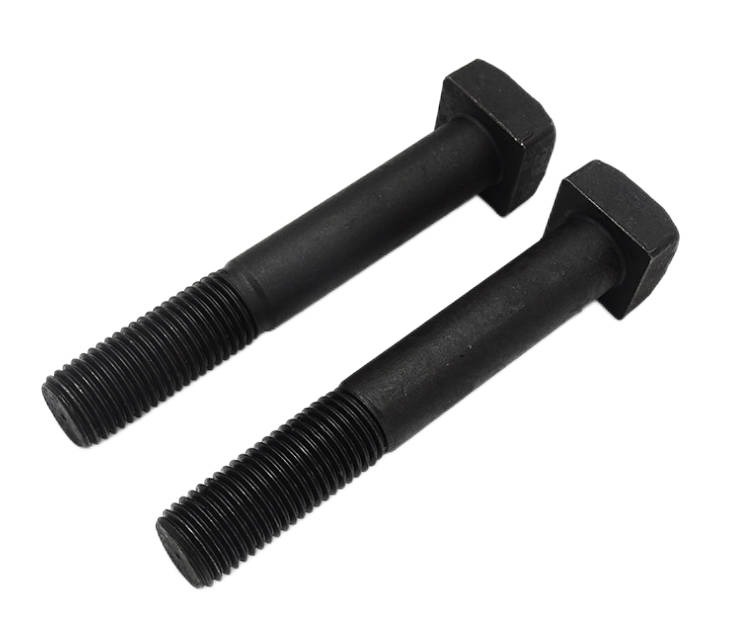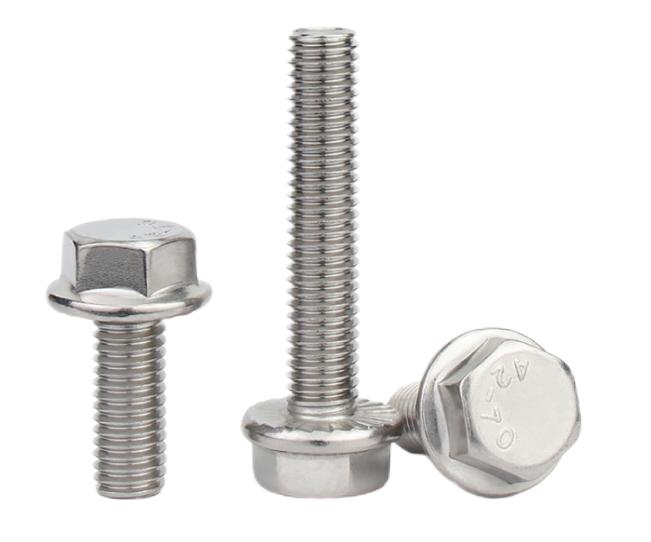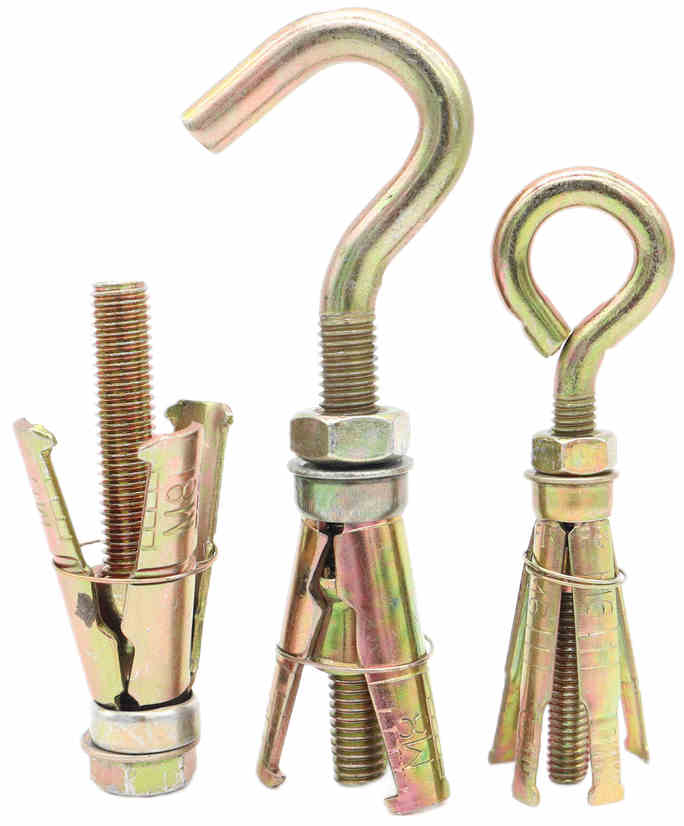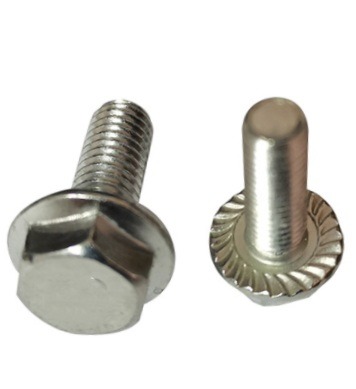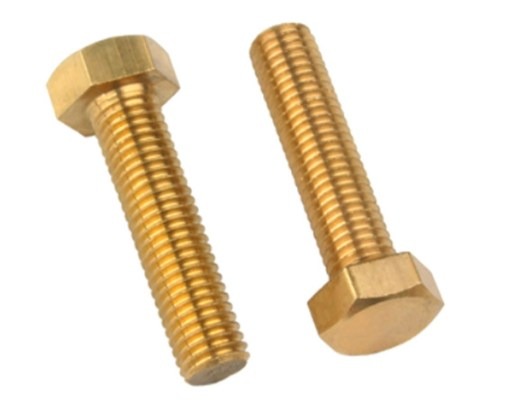How To Obtain Accurate Bolt Pretension?
Bolted connections are an important component of many mechanical systems, and the amount of preload or bolt pretension determines their reliability. Bolt pretension is the force that provides the clamping force between the mating surfaces, and it is vital that the force is applied precisely to ensure the system’s safety and lifespan. In this article, we’ll look at how to get precise bolt pretension.
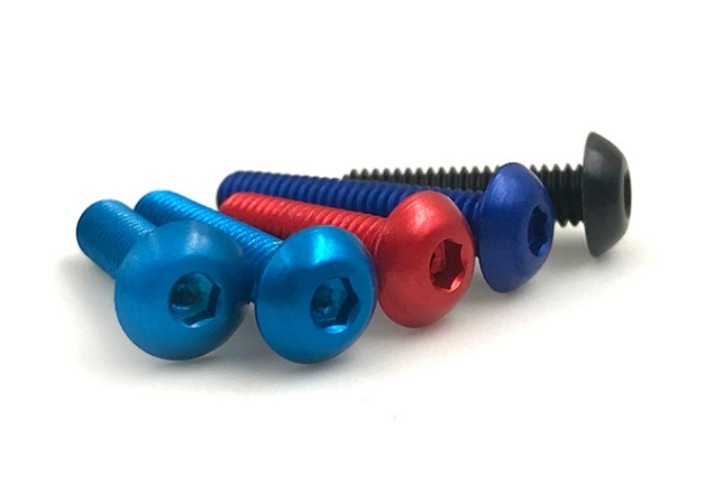
Importance of Accurate Bolt Pretension
Many mechanical systems rely on accurate bolt pretension to perform properly and safely. “Bolt pretension” refers to the force imparted to a bolt when it is tightened. This force is required to keep the bolt in place and maintain the clamping force over time.
Bolts stretch somewhat as they are tightened. The bolt pretension is caused by this stretching. If the bolt tightening is not sufficiently, it may become loose over time, causing a number of difficulties, including:
1.Structural failure
2.Leaks
3.Reduced operating efficiency
4.Increased maintenance costs
5. Downtime
On the other hand, if the bolt is overtightened, it can cause damage to the assembly, such as:
1.Cracks or fractures in the material
2.Thread stripping
3.Reduced fatigue life
4.Reduced clamping force
As a result, precise bolt pretension is critical to ensuring that the bolt remains in place and maintains its clamping force over time without causing harm to the assembly. To obtain the correct level of bolt pretension, it is also critical to follow the manufacturer’s suggested torque specifications and to utilize a calibrated torque wrench.
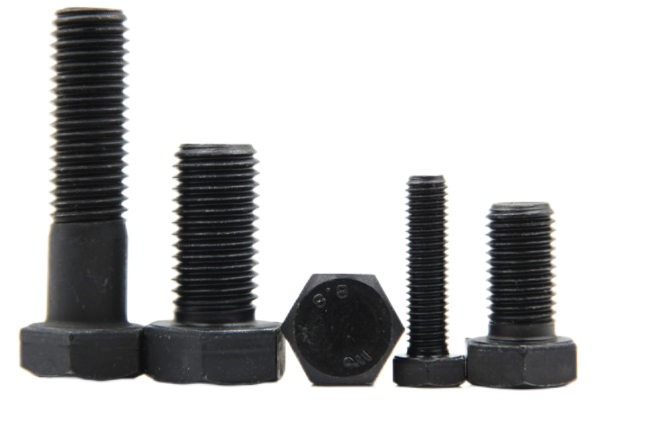
Factors Affecting the Accuracy of Bolt Pretension
Friction
Friction between the threads, the bolt head, and the nut can impair bolt pretension accuracy. High friction might twist the bolt, preventing it from obtaining the necessary pretension.
Surface condition
The accuracy of the bolt pretension can be affected by the surface quality of the bolt. Uneven surfaces can distort the bolt, preventing it from obtaining the appropriate pretension.
Bolt material
The bolt material can also have an impact on the accuracy of the bolt pretension. Different materials have varying degrees of elasticity, which can influence the level of pretension attained.
Torque accuracy
The precision of the torque wrench used to tighten the bolt might have an impact on the precision of the bolt pretension. An incorrect torque wrench can cause the bolt to be over- or under-tightened.
Lubrication
The bolt lubricant might also affect the accuracy of the bolt pretension. Thin lubricants can cause the bolt to slip, while thick lubricants might cause the bolt to overtighten.
Environmental factors
Environmental factors such as temperature and humidity can affect the accuracy of bolt pretension.
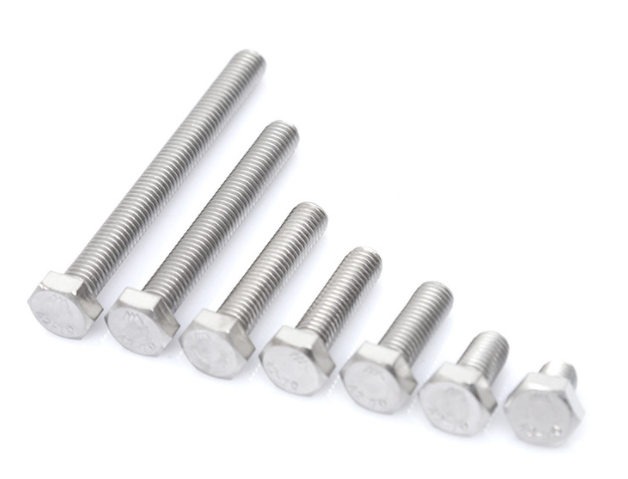
Methods for Obtaining Accurate Bolt Pretension
Torque Method
One of the most frequent ways for determining bolt pretension is the torque method. It entails using a torque wrench to tighten the bolt to a particular torque value. The bolt size, material, and intended use all influence the bolt torque value. This method, however, is not always precise since it presupposes a specific amount of friction between the bolt and the mating surfaces, which varies depending on the surface condition.
To achieve the desired bolt pretension, utilize a calibrated torque wrench and adhere to the manufacturer’s torque value guidelines. Furthermore, it is advised that the bolts be re-torqued after the initial tightening to verify that the correct bolt pretension is obtained.
Turn-of-Nut Method
The turn-of-nut procedure entails tightening the bolt beyond the snug-tight state to a predefined angle. The angle is determined by the bolt size and material. This method is frequently used in the construction sector and is regarded as a dependable way to get proper bolt pretension.
To utilize the turn-of-nut method, first tighten the bolt to a snug-tight condition with a wrench or socket. A calibrated wrench is then used to turn the nut a given number of degrees. The specified angle is dictated by the size and material of the bolt, and it is critical to follow the manufacturer’s guidelines.
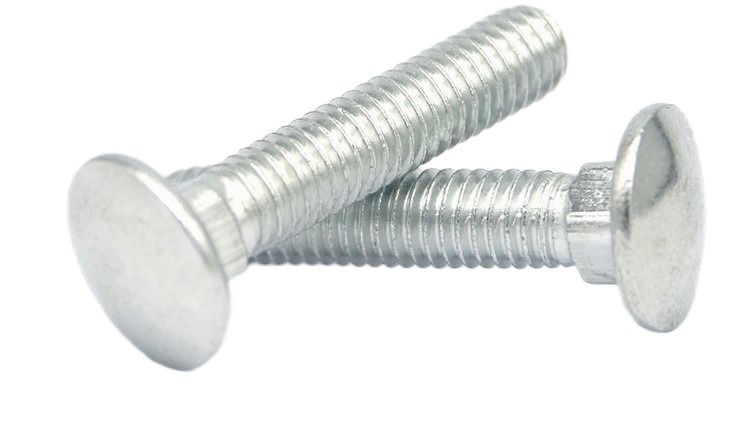
Ultrasonic Method
The ultrasonic approach involves employing ultrasonic waves to measure the elongation of the bolt. The bolt pretension is then calculated using the elongation. This procedure yields accurate findings but necessitates the use of specialist equipment.
The ultrasonic approach involves attaching a transducer to the head of the bolt and transmitting ultrasonic waves through the bolt. The waves are reflected back to the transducer, and the bolt’s elongation is estimated based on the time it takes the waves to travel through the bolt. The bolt pretension is then computed using the elongation and material parameters of the bolt.
Load-Indicating Method
The load-indicating approach involves measuring the bolt load with a load-indicating device such as a strain gauge. This approach yields accurate and consistent results and is widely utilized in critical applications.
To utilize the load-indicating approach, attach a strain gauge to the bolt and tighten it using a calibrated torque wrench. The strain gauge monitors the bolt’s deformation, which is proportional to the bolt load. The bolt pretension is then determined using the bolt load and the cross-sectional area of the bolts.
Summary
Accurate bolt pretension is critical for mechanical system safety and reliability. The approach chosen will be determined by the unique application and the needed level of precision.

